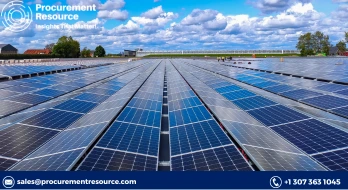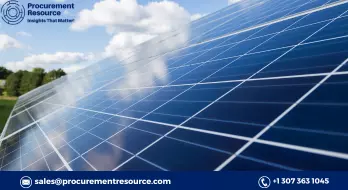Petronet to Invest 2.6 Billion Dollars on Local Expansion of Liquified Natural Gas (LNG) Infrastructure Over the Next 5 Years

Petronet LNG is an oil and gas company set up by the Government of India. It was established with the purpose of importing liquified natural gas (LNG) and setting up LNG terminals throughout the country. The company was formed as a joint venture by the Government of India and involves the leading oil and gas players in the country.
It is promoted by the Gas Authority of India Limited (GAIL), Oil & Natural Gas Corporation Limited (ONGC), Indian Oil Corporation Limited (IOCL) and Bharat Petroleum Corporation Limited (BPCL).
Petronet LNG offers various services including storage, reloading, regasification, bunkering, gassing up and cooling down, and truck loading facilities as well. The first LNG terminal set up by the company was located in Dahej, Gujarat, with a capacity of 15 million metric tons per annum. More projects are being planned and will get underway in the near future.
Entering into the overseas market and investing in it heavily to ensure success is considered a fundamental step by many. However, in Petronet, this is not the case. The company announced that it is planning to invest USD 2.6 billion over the next five years to expand local infrastructure. The head of Finance of the company, Vinod K Mishra, said that this option is far better than investing in overseas projects, which is “not lucrative” in the present liquified natural gas surplus market.
He went on to say that foreign investment in LNG is not profitable as the prices of LNG are very low. While the company was planning to invest in projects in countries like Bangladesh, Sri Lanka, and Qatar earlier, they declared there was no financial incentive anymore to go forward with these projects.
Another reason behind heavy investment in local infrastructure is to increase the share of gas in the energy mix. India wants to increase the current share of 6.2% to 15% by the year 2030. Vinod K Mishra specified that while higher domestic supplies could affect the short term by impacting costly spot LNG imports, imports in the long term would not be affected as the gas consumption of the country is expected to rise.
Petronet is planning several projects in the coming years. The company wants to increase the capacity of the Dahej terminal in the West Coast from 17.5 million tonnes per annum to 22.5 million tonnes per annum. New LNG tanks are being built at the Dahej and Kochi terminals. Added to this, the company is planning to build a new terminal in the East Coast as well.
Petronet is undertaking these projects in phases, and these details were given by Vinod K Mishra. In the first phase, the expansion of Dahej Terminal to 20 metric tonnes per annum is being undertaken and the goal is to complete it by mid-2023. Also, a new terminal in the East Coast with a capacity of 5 metric tonnes per annum is being constructed and is expected to be completed by 2025.
The company is keen to set up their own LNG fuel stations and is planning to invest 80 billion rupees on this project. A 40-billion-rupee investment to set up 100 compressed bio gas generation plants is also being undertaken by the company.
In this way, Petronet is on track with India’s goal to increase its share in the global LNG market and is taking the necessary steps to help India achieve its goal. The successful completion of the projects would profit the company immensely and increase the economy of the country, leading to more jobs and employment in this sector. This is a promising sign for the citizens of the country.

.webp)

